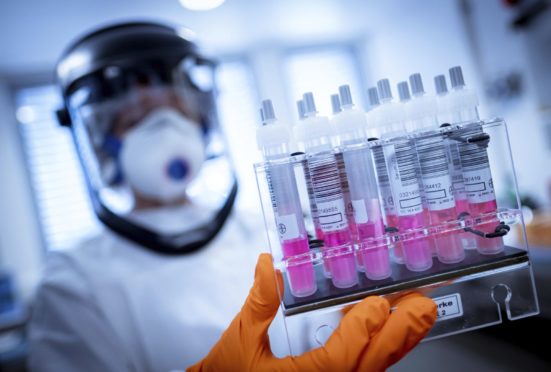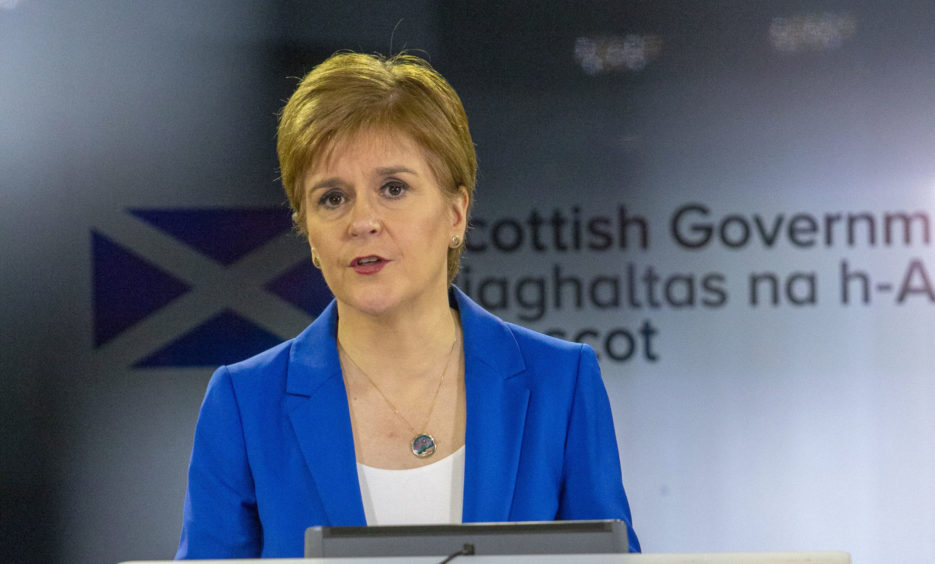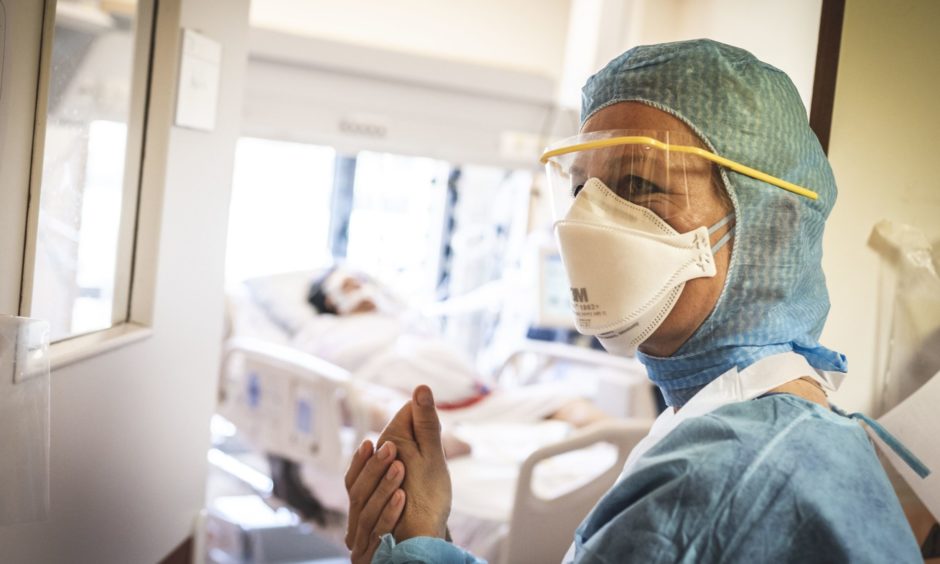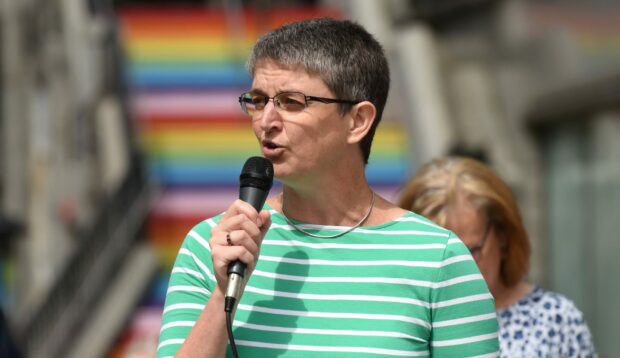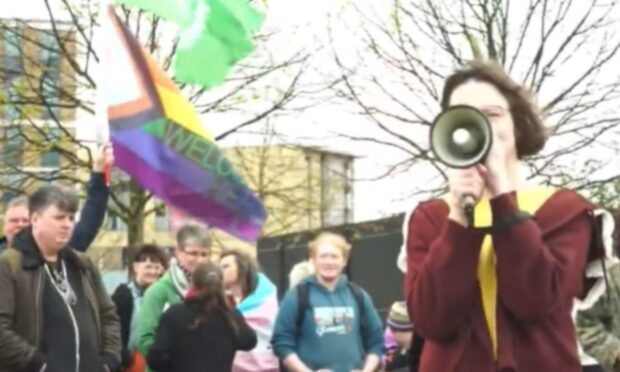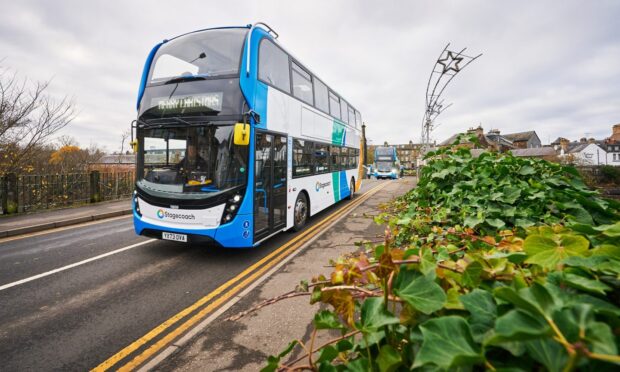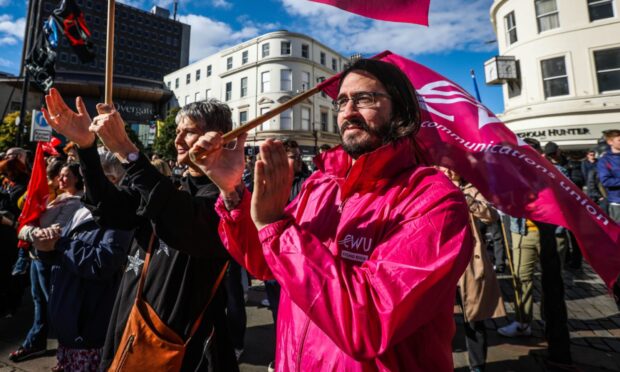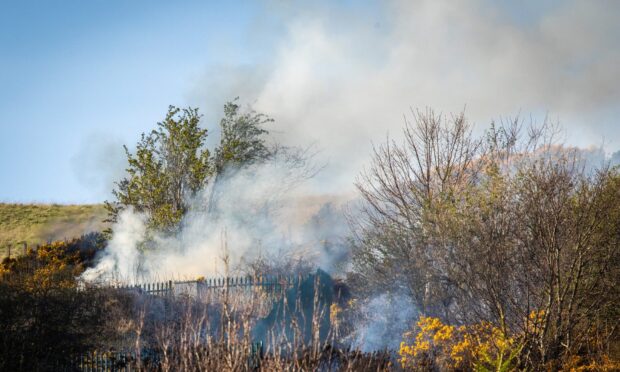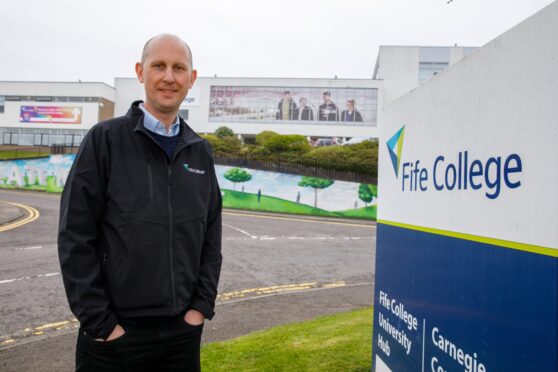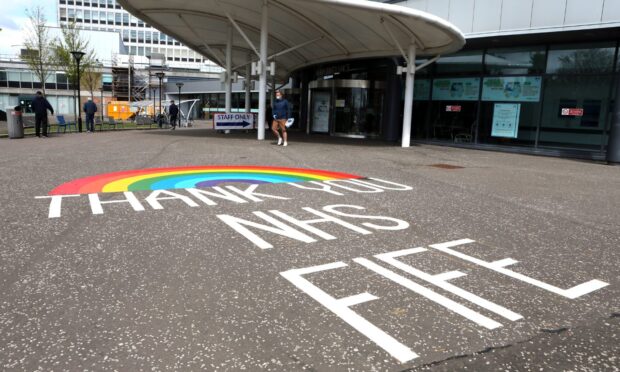The Scottish Government has published a new document outlining its ‘framework for decision making’ on easing lockdown restrictions.
The paper does not set a date for when measures could begin to be lifted and is instead intended to set out the challenges facing ministers and how they intend to approach them in the coming months.
Nicola Sturgeon in her foreword describes it as “very much the first version of what will be a living document” and states the government “will update it as evidence, modelling, and our assessment of the different options open to us develops”.
The document states the effect of the virus on Scotland has been “profound”.
Every life has been affected. No individual, community or business has been untouched, and for many that has meant real and possibly long-lasting hardship. But the response from the Scottish people has been equally profound. Despite the cost to business and society, we have complied with restrictions and thereby reduced the pressure on our health and social care services, and saved lives.”
It says it is clear the country “cannot immediately return to how things were just over 100 days ago” but also cannot stay in lockdown indefinitely because a vaccine could be “many months away”.
“We need to ensure, that as far as we can, our children are educated, that businesses can reopen, and that society can function,” the paper states.
“But we must ensure that those things happen while we continue to suppress the spread of the virus.”
This document sets out the situation as we understand it, and the principles on which we will base our decisions to ease the current restrictions or, should it become necessary to prevent harm to re-impose or further tighten restrictions.”
The Scottish Government believes the pandemic is a health crisis, a social crisis and an economic crisis that is causing harm on an “unprecedented scale”.
It said difficult decisions are required to balance these harms because they will not impact everyone equally or at the same time.
The document warns the damaging effect on poverty and inequality may be profound.
Navigating the right course through the crisis will involve taking difficult decisions that seek to balance these various, inter-related harms so as to minimise overall harm.”
Health professionals have told the government it must suppress transmission of the virus to reduce the number of cases each infected person passes it on to, known as the reproduction number.
To contain the virus, the reproduction number must be kept below one.
There have been early signs the rate of growth in new cases has slowed, from doubling around every four days to doubling over more than two weeks.
The best estimate is the number is currently somewhere between 0.6 and 1.0 but this does not leave much scope for easing restrictions. Ministers say they must be confident transmission is under control before making changes.
Scotland’s “managed transition” away from the lockdown must still include “ongoing physical distancing, the continued need for good hand hygiene and public hygiene, and enhanced public health surveillance”,” the document states.
Expanding public health services will not be sufficient to deal with the virus in future– although it is vital that we do so. We will require to take other measures to control transmission.”
The government will put in place measures to avoid an uncontrolled peak that “would require a return to lockdown to avoid enormous loss of life and the overwhelming of our health and care system”.
The document states restrictions could be reimposed after being lifted.
While ministers will continue to work with the rest of the UK to align decisions “as far as possible,” they will take “distinctive decisions for Scotland if the evidence tells us that is necessary”.
Restrictions should be eased as soon as it is safe to do so, but we should be clear that it may be necessary to re-impose restrictions if the evidence indicates that this is the best way to safeguard public health and the right to life.”
The Scottish Government said it will also “assess the merits” of tailoring options to specific geographies and sectors, parts of the rural economy, or those able to work outdoors.
Controlling transmission will require “unprecedented levels of support and compliance from the whole population,” the paper states.
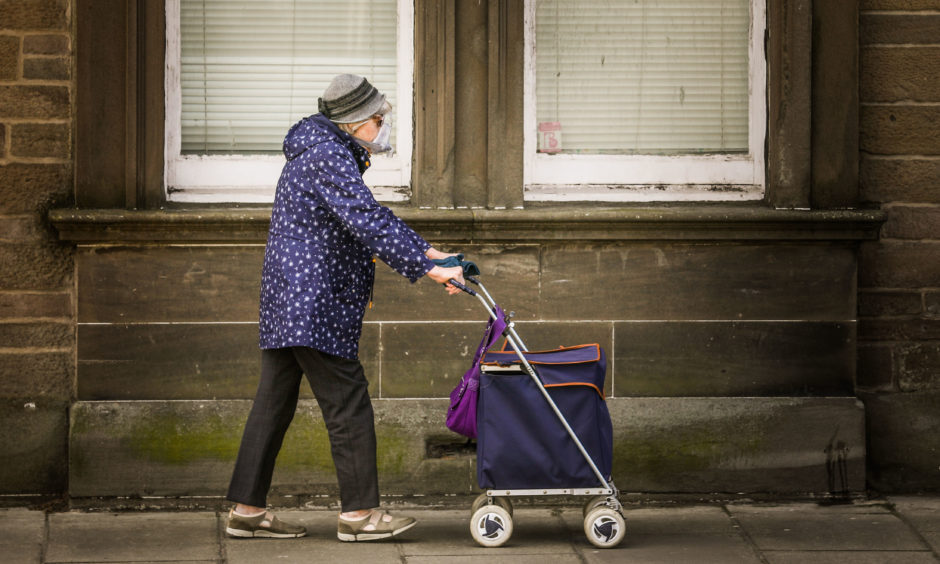
If after easing restrictions transmission of the virus is unable to be contained, measures are likely to be reimposed, including a return to lockdown with little warning.
This cycle may happen more than once until a vaccine is found will require a “fundamental change to how all sectors of society organise themselves”.
The document states some form of continued shielding to protect those who are most at risk will “almost certainly” be required as restrictions are lifted.
We need better data to identify areas of spread and the rate of exposure and immunity in the population, locally, regionally and nationally so that we can monitor the impact of any changes and make decisions in as close to real time as possible.”
The government said it will seek to be ready to suppress possible outbreaks by “early and effective tracing,” involving digital tools and support from contact tracing teams.
It will also “redouble” efforts to prevent transmission in particular settings, including hospitals and care homes, and notes sufficient supplies of personal protective equipment (PPE) will play a crucial role in this.
The paper notes the epidemic is “evolving rapidly” and understanding of how best to respond to it will also evolve.
